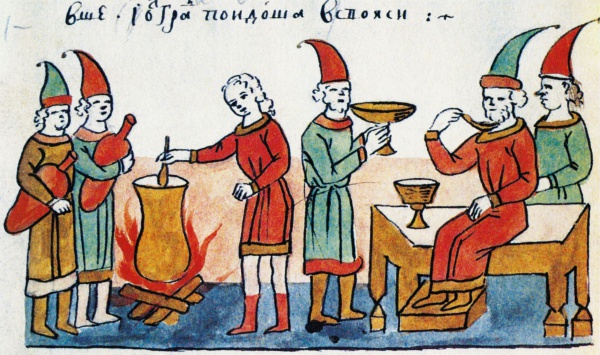Facts About Kissel
Kissel, also known as kisel, is a cherished fruit dish enjoyed both as a dessert and a beverage. This delightful treat is crafted by sweetening berry juice and thickening it with cornstarch, potato starch, or arrowroot. You can elevate its flavor by adding ingredients such as red wine or fresh and dried fruits. Kissel bears a resemblance to Danish rødgrød and German Rote Grütze, and the Swedish have a similar version called blåbärssoppa, a bilberry dessert prepared similarly.
Kissel can be served hot or cold and pairs wonderfully with sweetened quark, semolina pudding, pancakes, or even ice cream. In countries like Poland, Russia, and Ukraine, a thinner version of kissel is enjoyed as a drink.
The name "kissel" derives from a Slavic word meaning "sour" and it has roots in an ancient Slavic dish that was essentially a leavened flour porridge made from grains or legumes. This dish also carries historical significance. It is mentioned in the old East Slavic Primary Chronicle for its role in saving the city of Belgorod Kievsky from a siege in the 10th century.
Today, many Polish households make kissel using instant mixes, with popular flavors including strawberry, gooseberry, and raspberry. In Russia, people favor cranberry, cherry, and redcurrant flavors. Each country has its own twist: in Lithuania, cranberry kissel is popular; in Finland, bilberry kissel is a favorite, and prune kiisseli is often enjoyed with rice pudding.
Kissel also appears in Russian folklore as a symbol of prosperity. Phrases like "the land of milk rivers and kissel banks" are used to describe a utopian place.

 Germany
Germany